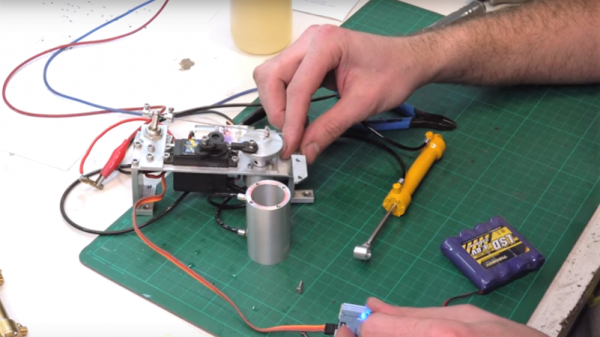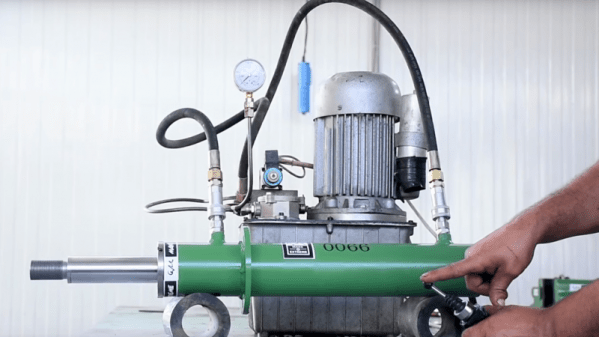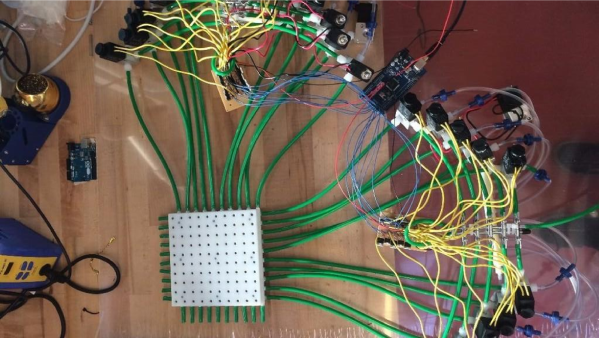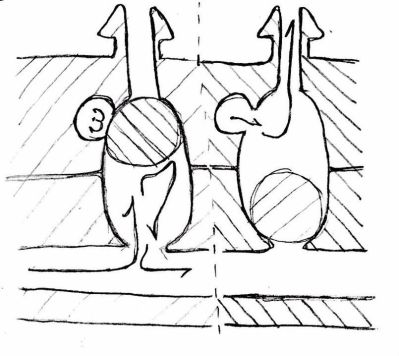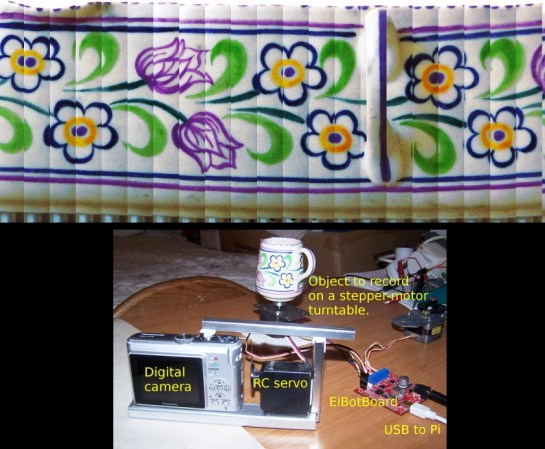You can get pretty much any part you need online these days, but some specialty parts are a little hard to come by. So if your needs are esoteric, like tiny hydraulic cylinders for RC snow plows, you might just have to roll your own.
To be honest, we never really knew that realistic working hydraulics on such a small scale were a thing, but [tintek33]’s video below opened our eyes to a new world of miniature mechanicals. You’d think a linear actuator would be a fine stand-in for the hydraulic ram on a tiny snow plow for an RC truck, but apparently no detail is too small to address in painstaking detail. And as with many things in life, the lathe is the way to get there. Every part is scratch-built from raw brass, aluminum and steel on a mini lathe, with the exception of a few operations that were sent over to the mill that could have been done with hand tools in a pinch. The video is longish, so if you’re not into machining you can skip to 16:40 or so and pick the action up at final assembly. The finely finished cylinder is impressively powerful when hooked up to [tintek33]’s hydraulic power pack, and looks great on the plow. He’s got some other videos on his site of the RC snow plow in action that are worth a look, too.
Ready to take the plunge with a lathe but don’t know where to start? We’ve covered the basics of adopting a new lathe before.
Continue reading “Mini Lathe Makes Tiny Hydraulic Cylinders For RC Snow Plow”

